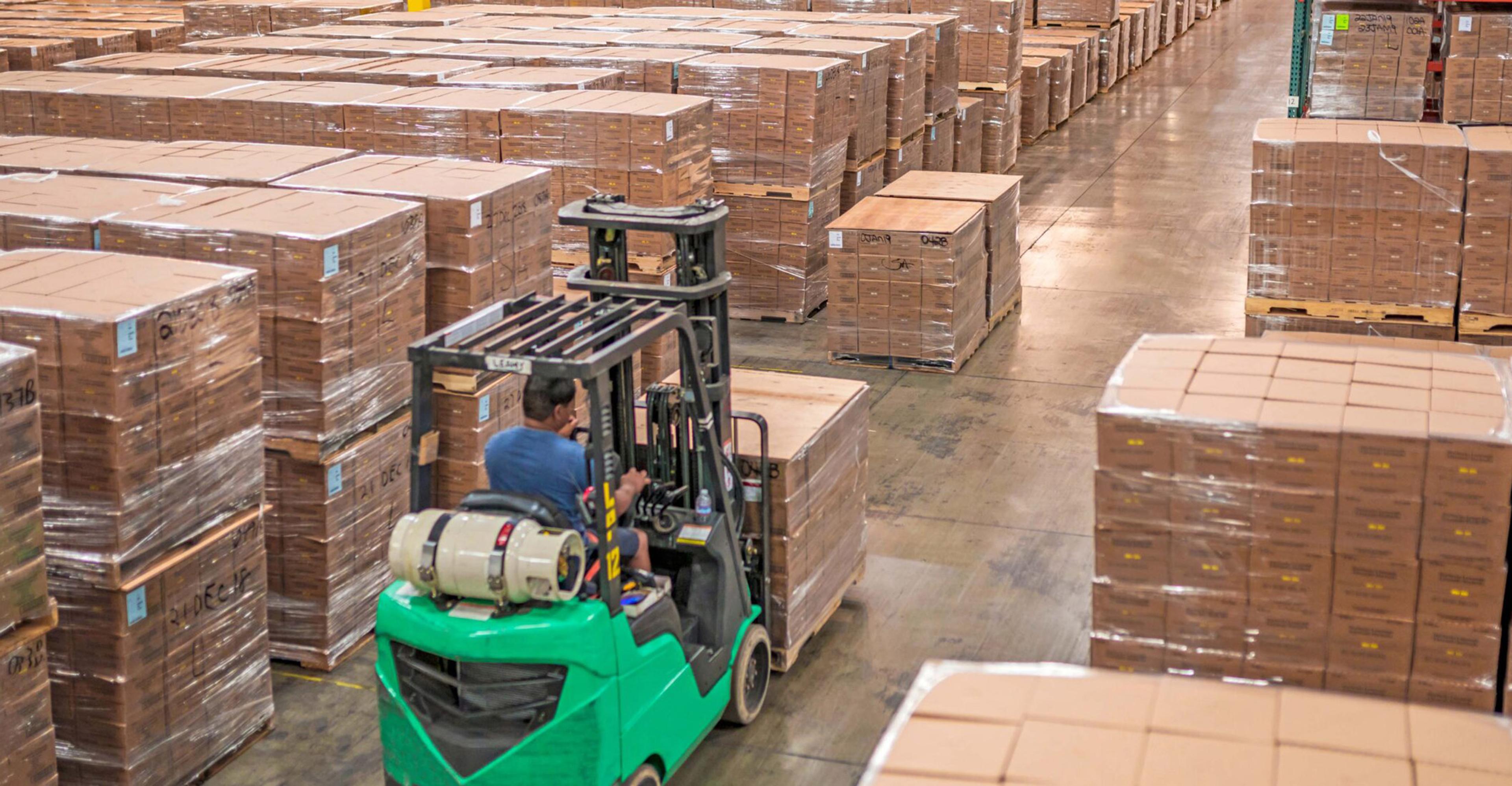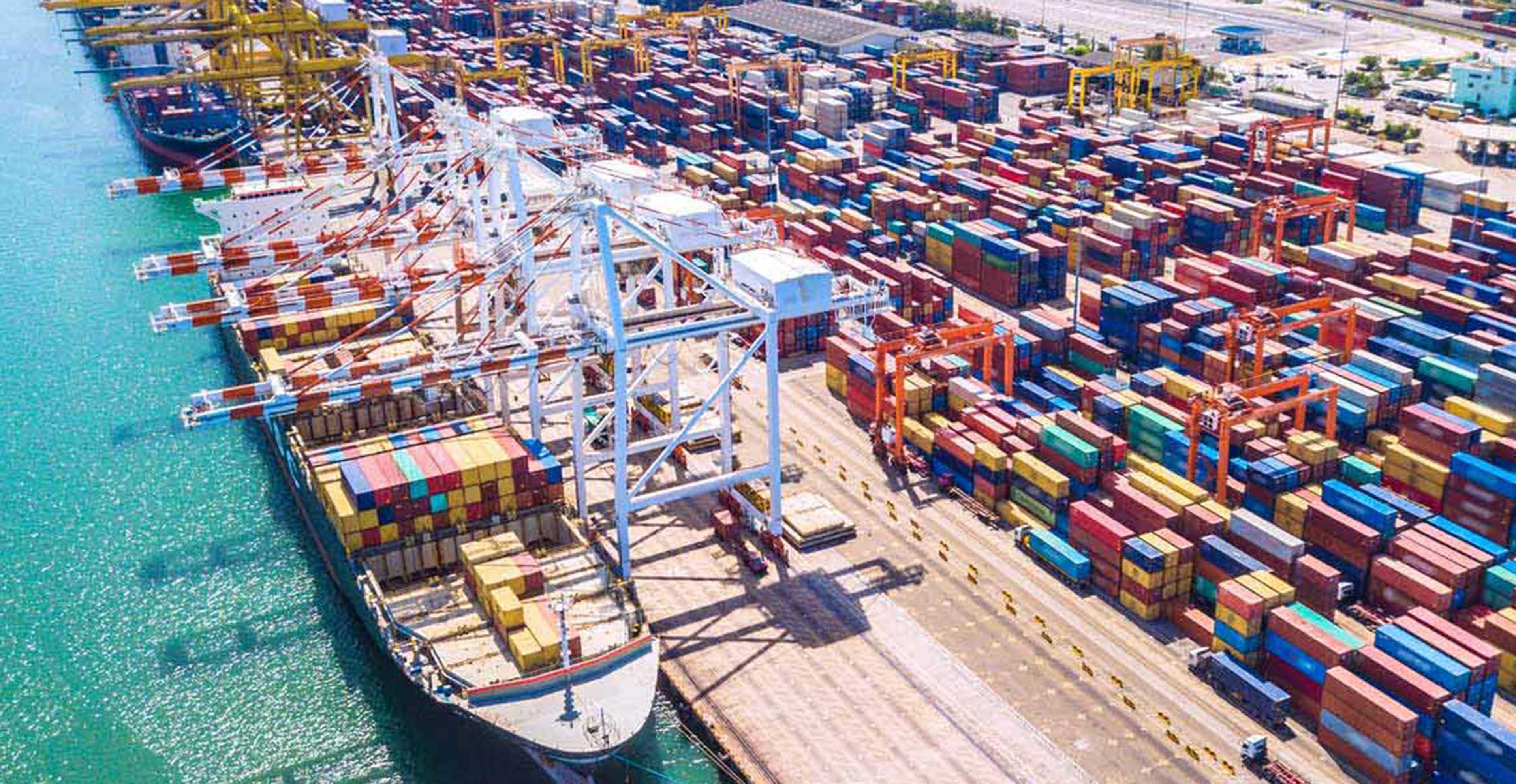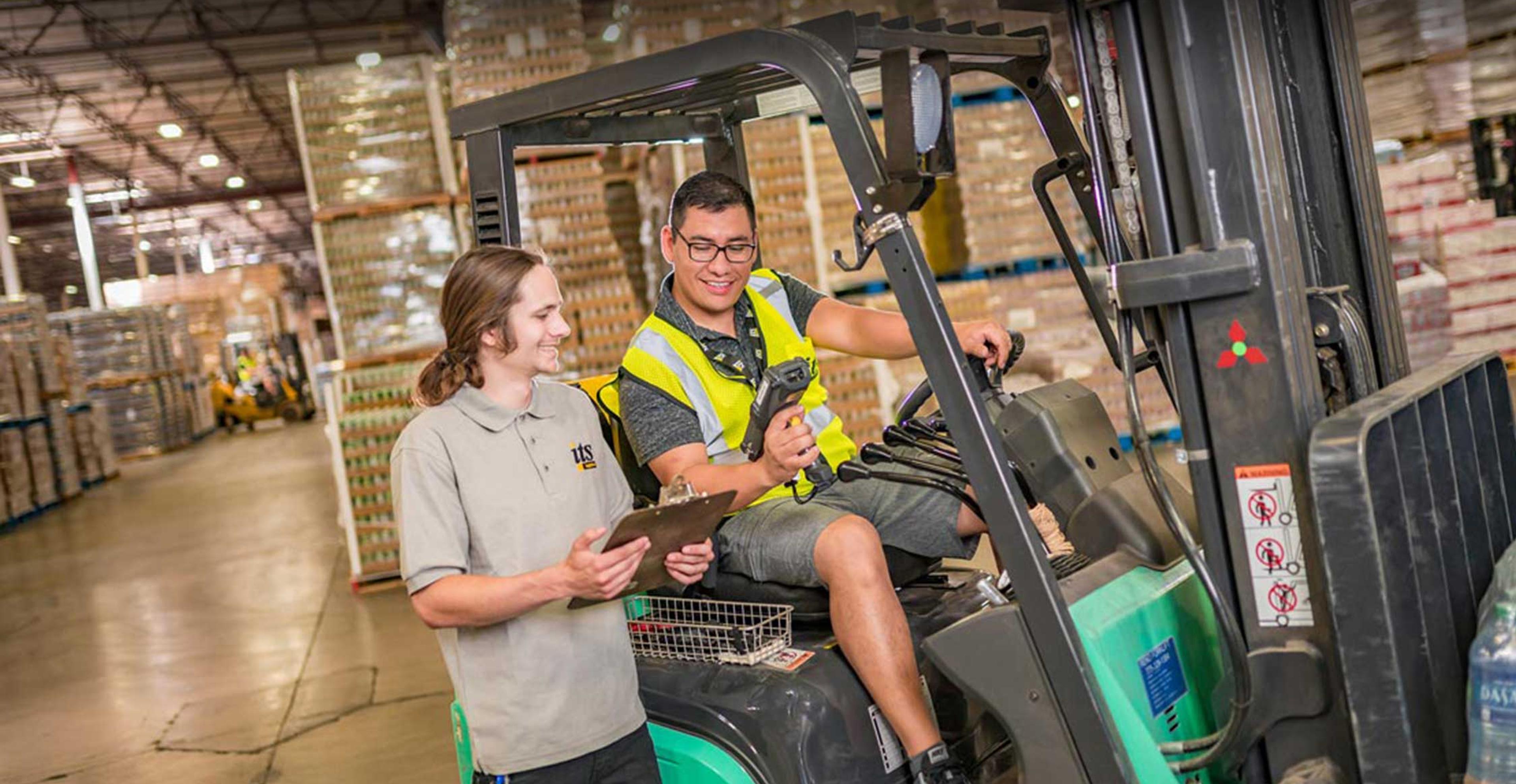Leveraging New Logistics Tactics to Offload Excess Inventory

Strategies to offload excess inventory and save profit margins
Glut has plagued retailers due to mismatched demand throughout 2022 and leading into 2023, leaving retailers searching for ways to offload excess inventory. Apparel and home products were in high demand throughout the pandemic years of 2020 and 2021, but the drop off in consumer spending on goods last year came as a surprise. Profits have paid dearly for the mistake in forecasting as shoppers held off purchasing discretionary items when the cost of goods and services reached record heights.
For example, furniture orders in May 2022 dropped as much as 41% when compared year-over-year (YOY) and, at the same time, people began dedicating more of their budget to experiences as the last of covid restrictions eased. As a result, warehouses and stores remained stocked to the brim with merchandise that consumers were just not willing to buy or pay full price on. Mega retailers today report increasing price sensitivity among guests and a higher response to promotions.
Promotions were rolled out, orders were cancelled, and liquidators were tapped to balance inventory levels at the expense of the bottom line. After a year of hyper-growth, some companies reported earnings losses of 43% and others were sitting on $61 billion of inventory. Because supplies are often ordered months before they hit the shelves, predicting demand post-pandemic has become even more difficult.
Vendors are being asked to cut costs this year to bring down prices for customers amidst high inflation and slower spending. Retailers are rightly cautious about ordering too much to avoid overstocking, leaving suppliers to adjust to decreased demand. The bargaining power has shifted back to the buyer this year, as there is more competition and pressure for suppliers.
Customer spending habits have led to unwanted inventory
Improving automation and driving flexible inventory allocation alongside data and analytics are some beneficial strategies for balanced inventory management. However, the ugly head that has risen from the ashes of the pandemic isn’t inventory glut – but the curse of reverse logistics. While the public was trapped at home, it made sense to order a pair of shoes in every color and send back the rejects. Online shopping was attractive and convenient, but the mentality of excessive ordering has pushed up the cost of returns.
In 2022, 30% of online orders worth $100 billion were returned, compared to just 8.89% in physical stores. Not only do these returns need to be processed and resold, but they need to be manually inspected and refreshed with new packaging. The current cost model is not sustainable for business in the long-term and has attributed to job slashing across a growing list of firms in the retail industry.
Leveraging new tactics in reverse logistics isn’t as simple as reselling a returned product due to the new layer of complexity it has created for the entire supply chain. Before transforming reverse logistics processes, it’s crucial to leverage a cost-to-serve model. Second-hand use cases for re-commerce, apparel, and electronics have been in place for some time, but consumer demand for oversized resale items like furniture and large home appliances has increased. Re-commerce can play a critical role in the execution of supply chain sustainability practices and the environmental impact, allowing products to be in use for longer and reducing waste.
Prior supply chain disruptions exacerbated rates in a soft market
In the past, a brand could focus on in-store experiences and online selling as the most critical factor to land a customer. As growth has shifted toward ecommerce, last-mile delivery experiences have become the new critical factor. And in the case of return logistics, last mile must work just as seamlessly in reverse.
The consumer attitude of “I want it now” and the expectation of high levels of service are being requested more often and on a more repetitive basis. More forward stocking locations are being implemented to get products delivered within one day or less. This increased focus on last mile is expected to disrupt the traditional long-haul transportation service and require more regional dedicated fleets. Should this trend continue, more long-haul deliveries will need to go intermodal to keep attracting drivers that wish to be home the same day.
Parcel volume growth has additionally continued its ecommerce evolution, beginning largely at the onset of the pandemic, and is unlikely to take any meaningful decrease. Significant rate increases from major US carriers on base rates and accessorials in a softening market will soon lead shippers to renegotiate contractual discounts. Upcoming labor negotiations this July will be a key component in adjusting pricing strategy.
Warehouse space continues to be limited
Colliers International Group Inc. released a report in February that showed the highest annual rental rate growth in 2022 in the industrial real estate sector’s long history. Average asking rents rose to $8.10 per square foot in Q4, a massive 18.9% YOY increase. Vacancy rates also reached un-heard of levels in the same period. The greater Los Angeles market, including the LA seaport basin and Inland Empire, reported a 0.9% vacancy rate. Closely following were Savannah, Georgia at 1.1% and Reno/Sparks, Nevada at 1.5%.
Net absorption, which subtracts the amount of occupied space from the amount of vacated space, hit its highest levels of 2022 during Q4 with 124.5 million square feet. Despite the Federal Reserve’s interest rate hikes, demand has remained steady, and 2022 net absorption posted its second highest total on record at 481 million square feet. Rent growth should moderate in 2023 as supply and demand forces move into alignment, however it will be strengthened by companies seeking to reshore manufacturing and distribution operations. The automotive industry is expanding exponentially, as it invests heavily in new semiconductor and EV battery capacity.
A great number of companies facing enormous supply chain pressures today are looking to the seaport markets for their logistics space. These strategic locations better insulate manufacturing and distribution processes from interruptions, especially with a 36.5% increase in international container shipping volumes over the past 10 years. More than 80% of the world’s merchandise trade by volume is seaborne and over half is shipped in ocean containers.
Take advantage of strategic partnerships and inventory management strategies
Distribution centers must be strategically located to reach as many customers as possible. Considering which regions and the number of network nodes could improve customer reach by as much as 20%. For example, a distribution facility in Reno, NV, one in Indianapolis, IN, and one in Dallas, TX would reach 95% of US customers in two days. Not only will specific states and cities fit best for certain businesses, things like infrastructure, access, and proximity to transportation hubs will further ensure shipping to customers in a timely manner.
ITS Logistics offers three strategic distribution hubs in Whitestown, IN, Reno-Sparks, NV, and Dallas-Ft. Worth, TX. The combined reach across the west coast, midwest, and south total more than 3.7 million-square-feet of capacity with a full scope of distribution, fulfillment, transportation, and drayage services.
Discover the new ITS DCs opening this year:
- ITS Logistics Expands into Dallas-Fort Worth
- ITS Logistics’ Third Midwest Distribution Center Opening in 2023
Discover how ITS has helped its customers:
- Caraway Sees 280% Order Volume Increase and Expands into Omnichannel Fulfillment
- Common Challenges, Uncommon Solutions
- ITS Logistics and Starbucks – A Perfect Blend



